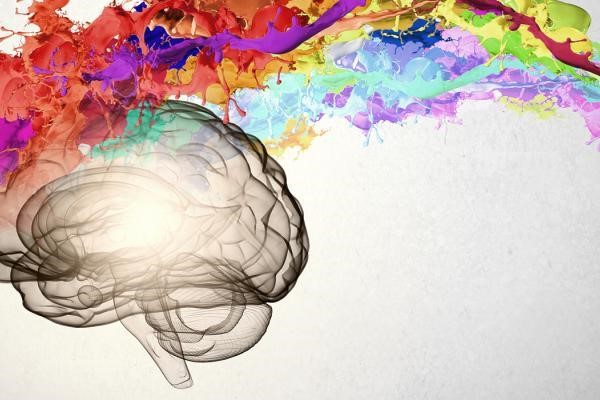YOU ARE NOT YOUR BRAIN

YOU ARE NOT YOUR BRAIN

You Are Not Your Brain is a work by Jeffery M. Schwartz and Rebecca Gladding which explores the deceptive messages from the brain that produces harmful thoughts. It gives a four steps solution to change bad habits, unhealthy thinking, and controlling one’s life. People experience dark thoughts like being depressed or stressed out from time to time for no reason. These are false messages from the brain that are destructive and push one away from their true goals and intentions causing trouble through over-thinking, anxiety, and depression. These messages can make even positive people feel unworthy of themselves by honing on their imperfections.
Life is not based on genes; biology is not destiny. People are not defined by these deceitful messages. All of us have the power to break these obstacles by changing the way the brain works by diverting from these messages. If the brain takes a powerful grip then it would be hard to change the habits as it would cause intense, uncomfortable sensations. It causes physical and emotional sensations that are very real, like “I’m unlovable and disgusting”, causing a physical strain on physical health.
The mistake that we commit is acting on unhealthy behaviour. This unhealthy behaviour strengthens the habit by temporarily alleviating the stress. For example, a person takes a glass of wine to relieve stress. The result would lead to indulging in a drink two or more to continue the relaxing effect. Here, relaxing turns to craving which becomes a constant habit. This is what happens when the brain’s deceptive messages are given attention.
A change in the way of thinking will enable one to conquer these destructive messages i.e. self-centred neuroplasticity. Neuroplasticity is the ability of the brain regions and connections to adopt new roles and functions involving focused attention and dedication to follow one’s own choice. This helps to break the brain circuits linked with unhealthy habits and reinforces healthy actions. This phenomenon has helped a woman recover from stroke. She overcame the brain’s deceptive messages by regarding them as false and this empowered her to opt for positive responses.
The four steps solution aims to focus attention on the things that are genuinely important but not to stop the distressing messages from arising because it is impossible. The first step is to identify and relabel the deceptive brain messages, and combating them which involves cultivating mindfulness. Mindfulness is about awareness and an experiential process that needs effort and practice. An exercise to develop mindfulness is to sit in a private place and concentrate on the breath and notice when the thoughts drift in and out of the mind. At this stage, the purpose is to get awareness and not the content. The most effective way is to take ‘mental notes’ of the false messages in one or two words such as ‘worrying’ or ‘mind wandering’, which will help to externalize the messages and understand that they are only part of the mind and not the person.
The second step is to reframe the dark thoughts by altering the importance of deceptive thoughts. This step aims to understand that the false messages from the brain are separate from the person. Some common errors such as overthinking or no thinking like calling a situation ‘perfect’ or ‘ruined’ and catastrophizing like ‘over-analysing’ or engaging in ‘what if’, can be broken by reframing. Picking up phrases like, “It’s not me, it’s just my brain”, will also help to reframe the mind.
The third step is to refocus to alleviate destructive attention. The purpose of this is to build an assurance through experience to continue the day despite the deceptive thoughts and impulses. A list of refocusing activities should be noted to get back to it to distract the brain from these distressing thoughts. This needs constructive and helpful behaviour.
The fourth step is revaluing; it helps to look at situations from wider and positive perspectives rather than a narrow point of view and negative perspective. To revalue is to decide to take care of one’s self and view life from a positive and compassionate mindset.
Though the brain gives destructive messages that trigger detrimental habits, people can reshape the wiring of the brain by relabelling, reframing, refocusing, and revaluing. These four steps will help to break the associations between unhealthy thoughts and habits.
#IAS Academy in Chennai
#IAS Coaching in Chennai
#Best IAS Academy in Chennai
#Best IAS Coaching in Chennai
#IAS Coaching Centre in Chennai
#UPSC Coaching in Chennai
